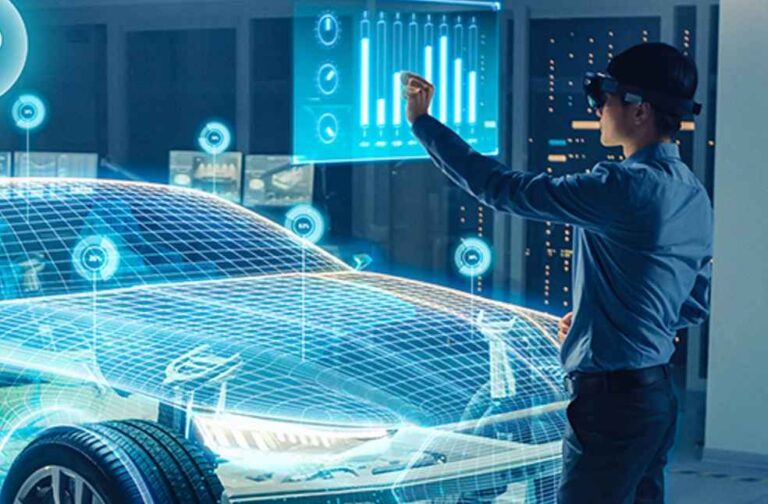Hyundai Motor Company and Kia Corporation are commencing a remarkable revamp of their research and development (R&D) operations. This deliberate move responds to the dynamic shifts within the global vehicle market, particularly the surge in smart electric vehicles (EVs).
The restructuring reflects a departure from traditional R&D practices, pivoting towards the demands of the evolving ‘mobility’ market. Hyundai and Kia plan to merge their electronics and software R&D departments. This merger is aimed at sharpening their focus on the intersection of software and hardware in modern vehicles.

Hyundai Motor Group (HMG) intends to launch a new R&D unit dedicated to advancing software and hardware architectures. A company spokesperson highlighted this reorganization as a critical step for staying ahead in innovations like software-defined vehicles (SDVs).
January will reveal a detailed plan outlining HMG’s approach to bolstering its position in the competitive global automotive field, acknowledging the rapid growth of the Chinese auto industry.
42dot, HMG’s autonomous driving tech arm, will become central to the group’s R&D strategy. It will absorb the electronics, infotainment, and autonomous driving operations of Hyundai and Kia, previously scattered across the group. This consolidation will occur at the Hyundai Kia Namyang R&D Center in South Korea’s Gyeonggi province, signifying a strategic alignment of resources.

Hyundai Motor Company and Kia Corporation are thus realigning their R&D efforts towards the future of mobility. By merging their operations and focusing on the synergy between software and hardware, they aim to maintain leadership in the fast-evolving automotive world, dominated by the transition to smart EVs and fierce global competition.
AUTO TECH | LG Launches Cutting-Edge In-Cabin Displays for SDVs at CES 2024





